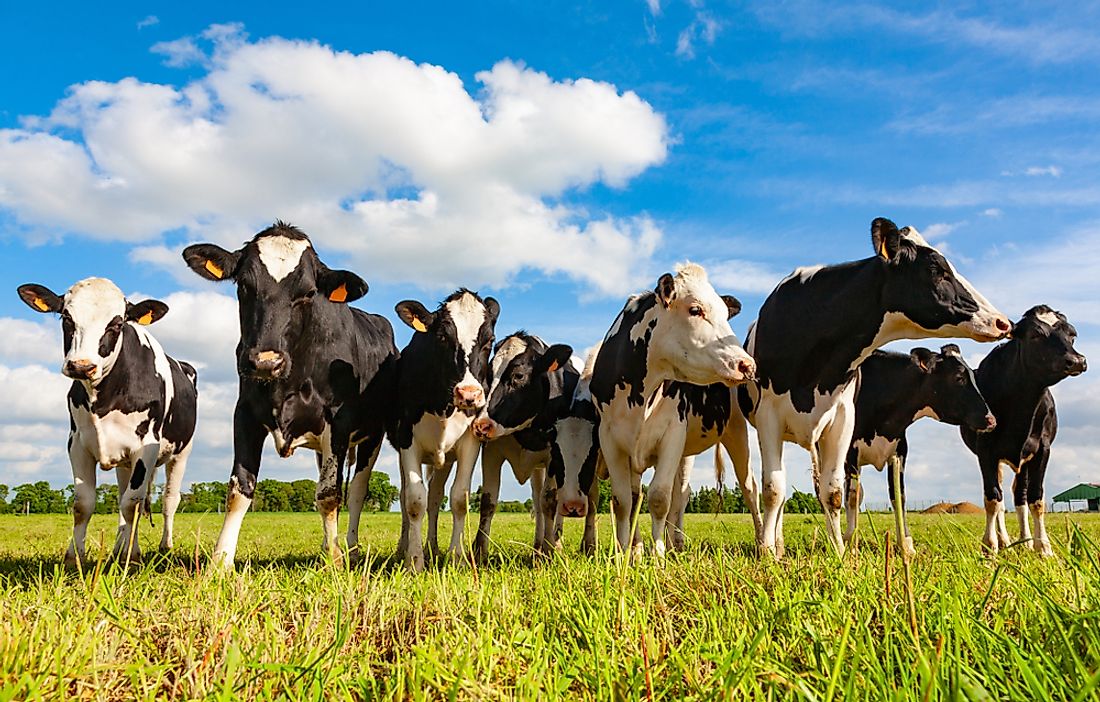How Many Cows Are There in the World?

The global cattle inventory is estimated to be about 1 billion. India and Brazil account for 53% of the global population of cattle while China, the United States, the European Union, and Argentina account for 33%. The five countries and the European Union jointly account for 86% of the global population of cattle. The cattle inventory per capita is 0.133 heads.
Countries With The Largest Number Of Cattle
There are 305 million heads of cattle in India, representing 30.44% of the global population. Cattle in India include water buffaloes that are domesticated for milk, labor, and meat. An estimated 232,000,000 cows are in Brazil representing 23.19%. China (96.85m), United States (94.4m), European Union (88.44m), and Argentina (53.76m) are the other countries with large numbers of cattle. Uruguay has the largest cattle per capita at 3.44; Brazil, New Zealand, Argentina, and Australia are other countries with more cattle than humans.
Impact Of Cattle On The Environment
The world’s growing herds of cattle have been identified as a significant threat to the climate, wildlife, and forests. Cattle are blamed for the sprout of alien species, desertification, destruction of coral reefs, and an increase of dead zones in the oceans, and poisonous lakes and rivers. Cattle are responsible for 18% of the greenhouse gases that result in global warming; more than all forms of transport combined. The combustion of fuel to produce fertilizer to grow and process feed, clearing of vegetation for grazing, and processing and transporting of meat account for 9% of carbon dioxide produced.
Cattle wind and manure account for a third of the methane produced. Methane warms the planet 20 times faster than carbon dioxide. Cattle account for more than 90 other polluting gases including two-thirds of the ammonia released to the environment. Ammonia is among the causes of acid rain. Ranching is among the major drivers of deforestation on a global scale. Overgrazing is turning ranges and pastures into deserts. Cattle are heavily reliant on water; rivers, lakes, swamps, and water pans are being drained to meet the demand for water considering that it takes 990 liters of water to produce a single liter of milk.
Trends In Cattle Keeping
The population of cattle is on the rise globally. The increase is attributed to the growing demand for meat and milk. India, Brazil, Uruguay, and the United States are the world's major exporters of beef.











